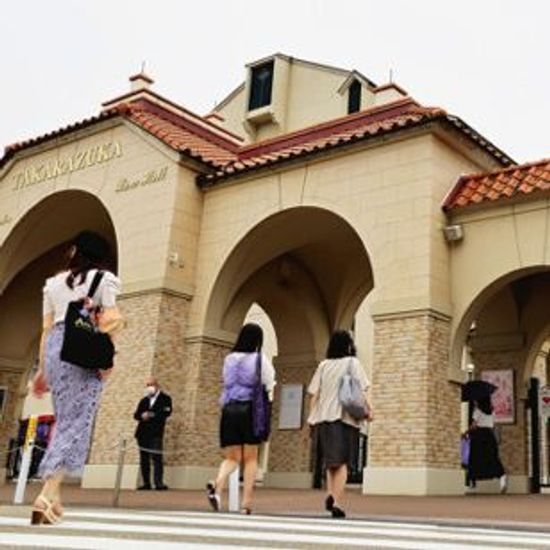Tokyo's traditional 'Shitamachi' or 'downtown' areas, known for their low-rise buildings and historic charm, are seeing a sudden surge in the construction of high-rise apartment blocks, or 'tawaman'. This stems from increasing demand for residential real estate following the population influx in the capital. Despite the concerns over changing cityscapes and potential gentrification, the trend seems set to continue, marking a new era in Tokyo's urban transformation.
In Japan, cases of high rises replacing traditional residential areas often trigger a debate about preserving cultural heritage versus urban development. The 'Shitamachi' holds nostalgia for many as a symbol of old Tokyo, weaving in values of community spirit and simplicity. These skyscraper developments could impact property prices, shift demographics, and disrupt traditional lifestyles, arousing concerns from the community.
In the U.S. or EU, similar urban transformation often faces resistance due to concerns about gentrification. However, it's generally seen as a sign of economic growth and urban development. The balance between maintaining heritage and enhancing infrastructural growth is a common struggle in global urban centers.

